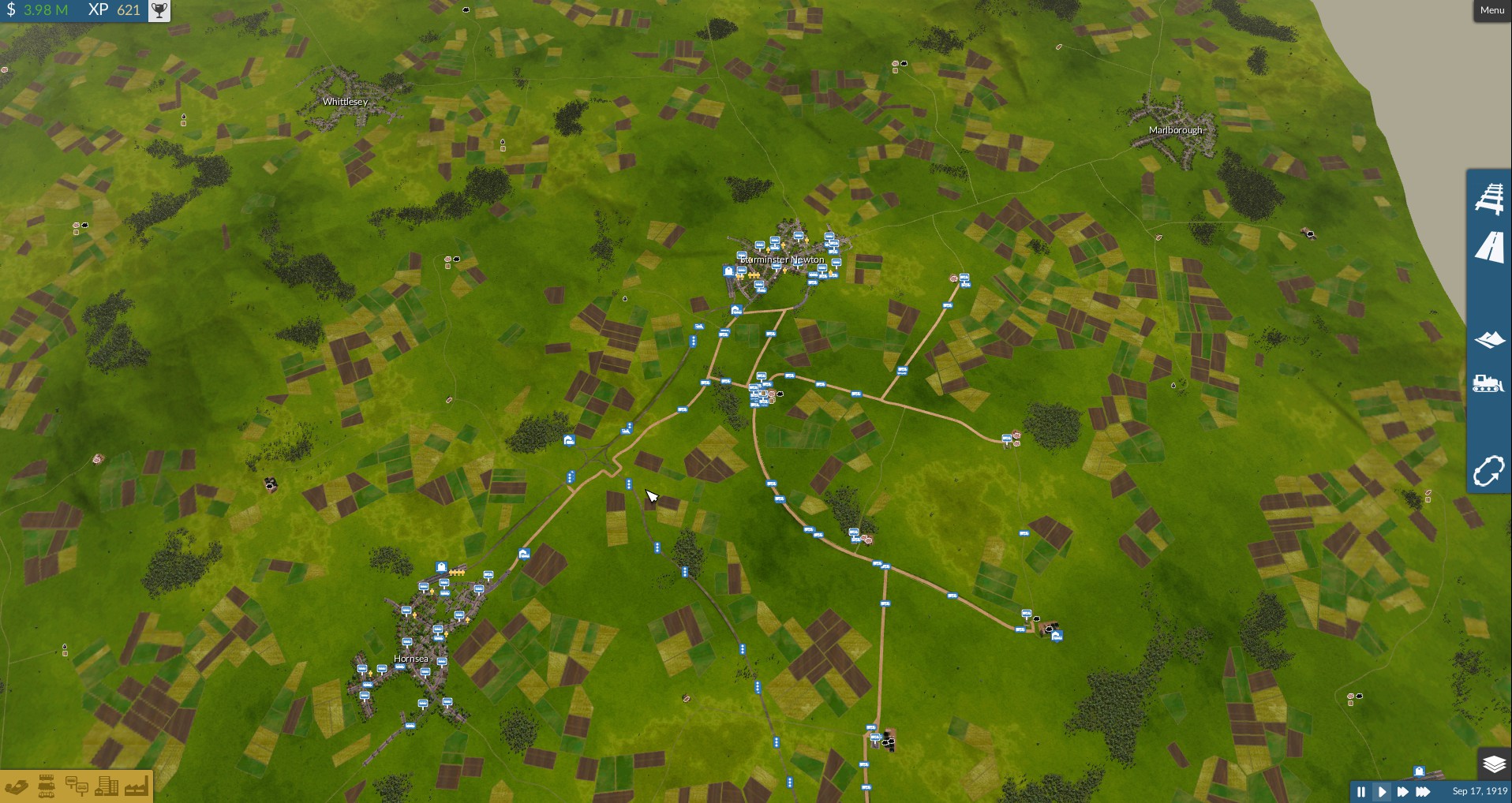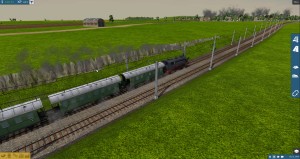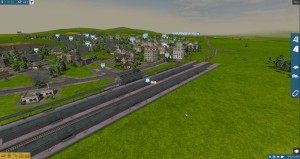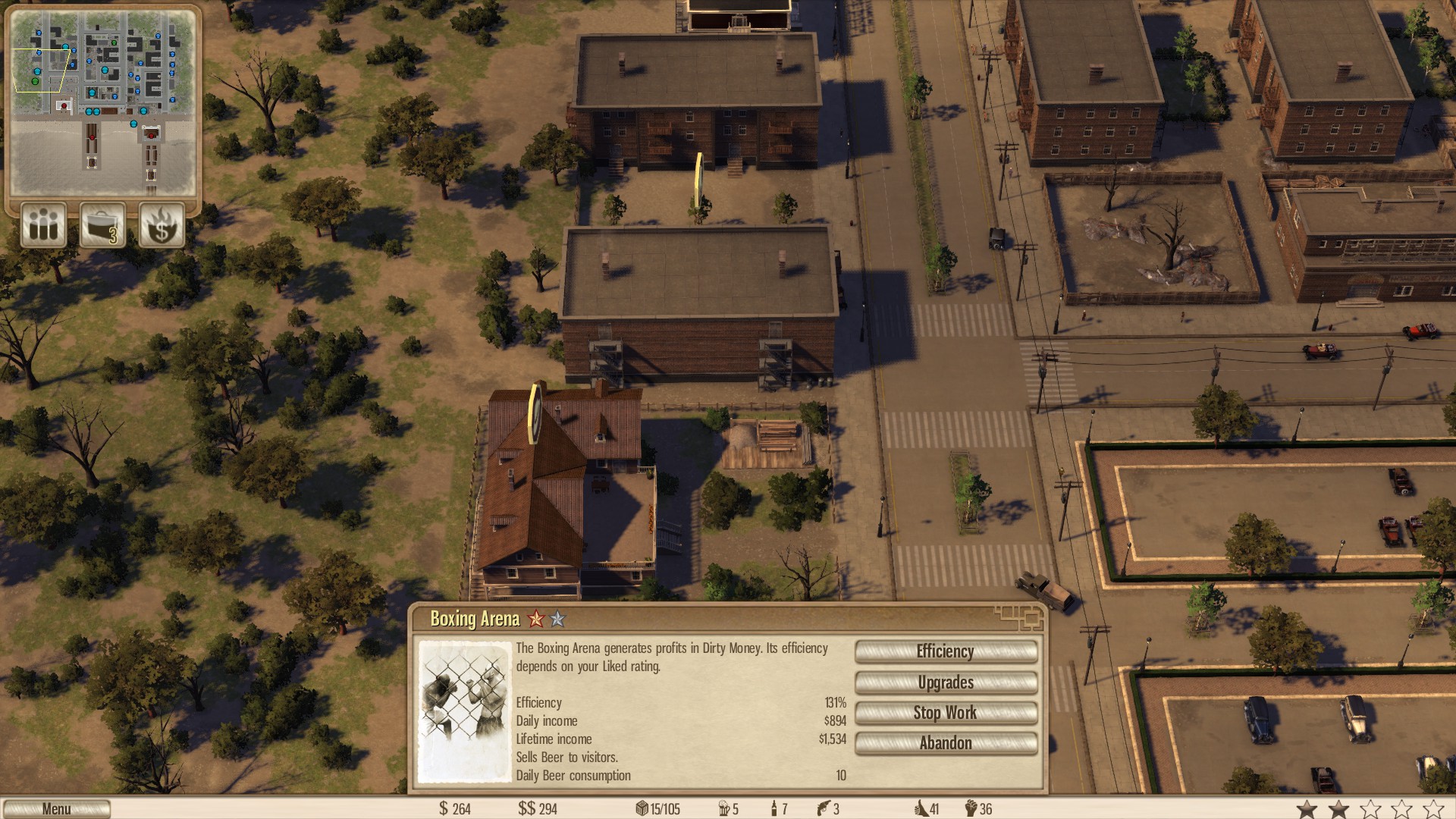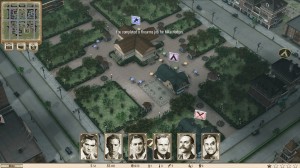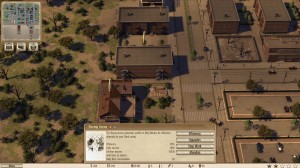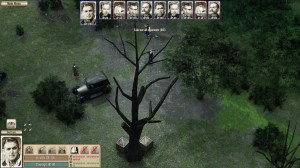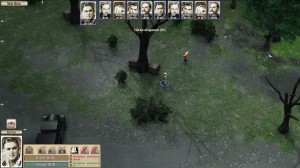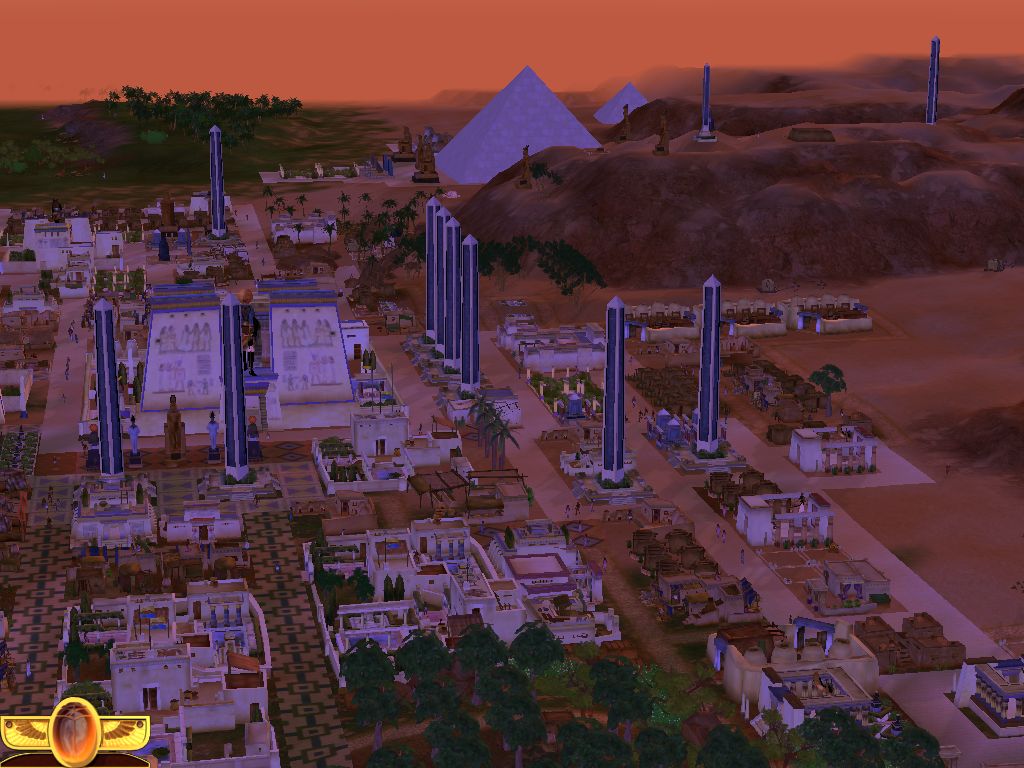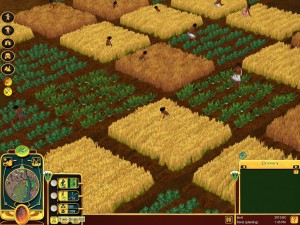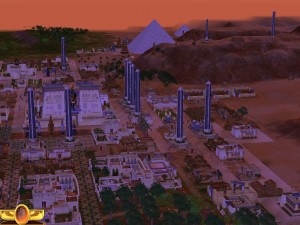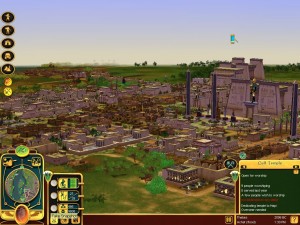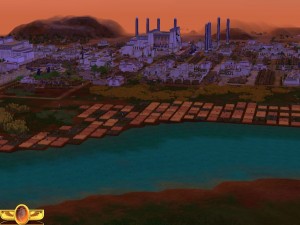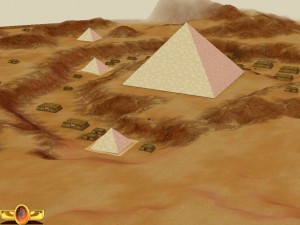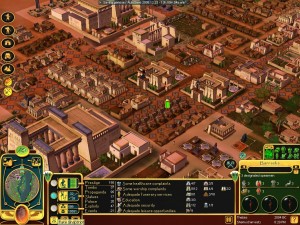Train Fever is a Transport Tycoon clone, a good old fashioned economic tycoon simulator. Good, as it’s always nice to see these kind of games, they are getting fairly rare these days. Old, because the core economic game, is utterly imcomprehensible to any human form of thought.
I’m not kidding, oh on the surface, this game is fairly straightforward, buy trucks, trams, busses and (theoretically) trains, transport crap from A to B to C etc… Build roads, railroads, busstops, trainstations, bridges ad all that which is best in life.
Sounds fairly straightforward, eh? Well it isn’t, it really, really isn’t.
In Transport Tycoon, all stations have a chatchment area, in which they’ll pick up cargo and passengers, of there are any around, and if any lines are able to tranport them. If there aren’t any of those two, nothing happens.
In Train Fever, stations present an opertunity for passengers/cargo to get to their destination, and they will base their go/no go decision on travel time. How do you predict travel time? You can’t, you really can’t, not unless you’re some deranged purestrain hyper-sperging autism machine, who will joyfully calculated the time, based on virtual feedback, experimentation and the very quantum uncertaincy of the goddamn universe. Seriously, you’d have to be utterly mental to figure it out, no sane human being could ever do so.
So making money can be incredibly obtuse, for passengers, not for cargo, oh no, cargo is a piece of cake. It’ll simply take the fastest route to the nearest reciving destination, and it’ll either trickle towards the avaliable destinations (Steel Mills, Saw mills and refineries) or take your MUCH faster trucks, so that’s not really an issue. However, the generic goods that the factories vomit forth? Now that one’s nice and obtuse as hell. The maximum amount of generic goods factories can produce, and thus also the amount of unprocessed goods they’ll recieve, is determined by the amount of goods the nearby cities will recieve, meaning that the optimal solution for industrial profit, is a processing site, surrounded by three or more cities, all who’ll recieve plenty of goods, now that’ll generate a solid profit.
So, that’s Truck Fever for you, plenty of fun with trucks.
As for busses and trams? Utterly unpredicatable and not even remotely straightforward, due to the travel time issue, sometimes they’ll trickle in some form of profit, but their use is almost entirely used for feeding train stations. As it should be, very realistic.
And here we arrive, at the elephant in the room, the terror, the dread, the trains.
And they are ever so fucked, not intially of couse, in the early start of 1850, people don’t really have cars, so you’re trains? They are the only real choice, no way in hell are anyone going InterCity without your gleaming trains. And this state of joy last to somewhere around 1950, when the car arrive, as in the real world. And I guess I now know how the railroad tycoons of the era must have felt when Fords fucking Model T came along and ruined everything.
The early days are the good days, cheap trains, cheap to run, no other choice, plenty of money.
And here’s the best part, unless you somehow manage to REALLY slash the travel times, people will just take their goddamn fucking cars, like a bunch of Americans, the only remote success I had with trains, where dirt cheap railbuses, and a shitton of them, but even that, doesn’t really cut in the long run. Even tried an EXTREME long distance route straight across the map, still no success.
It becomes virtually impossible to make any money from trains, after the cars fuck everything up, cargo’s doing just fine, as they don’t spawn cars at any time, but trains? Nope, ain’t gonna happen.
Unless the devs tweak the amount of passengers, or the ticket fees or the maintainence costs of the damn trains, it’ll remain incredibly hard to actually make any money of trains after 1950, which is kinda bad, with a name like Train Fever.
Graphically, it looks okay, not terrible well optimized.
If the economy was a lot less obtuse and better balanced, this game would be recommendable, unfortunately, it isn’t recommnedable at all at present.

